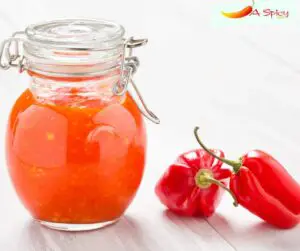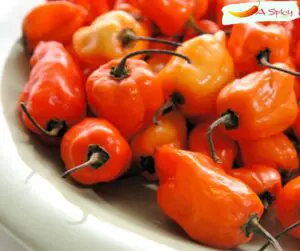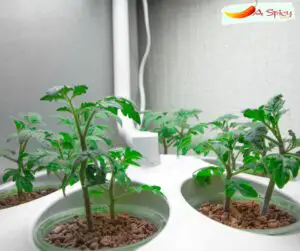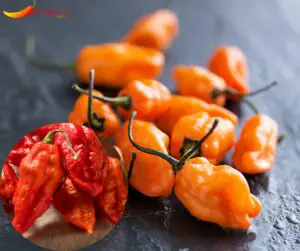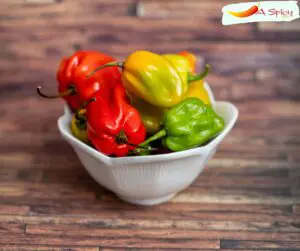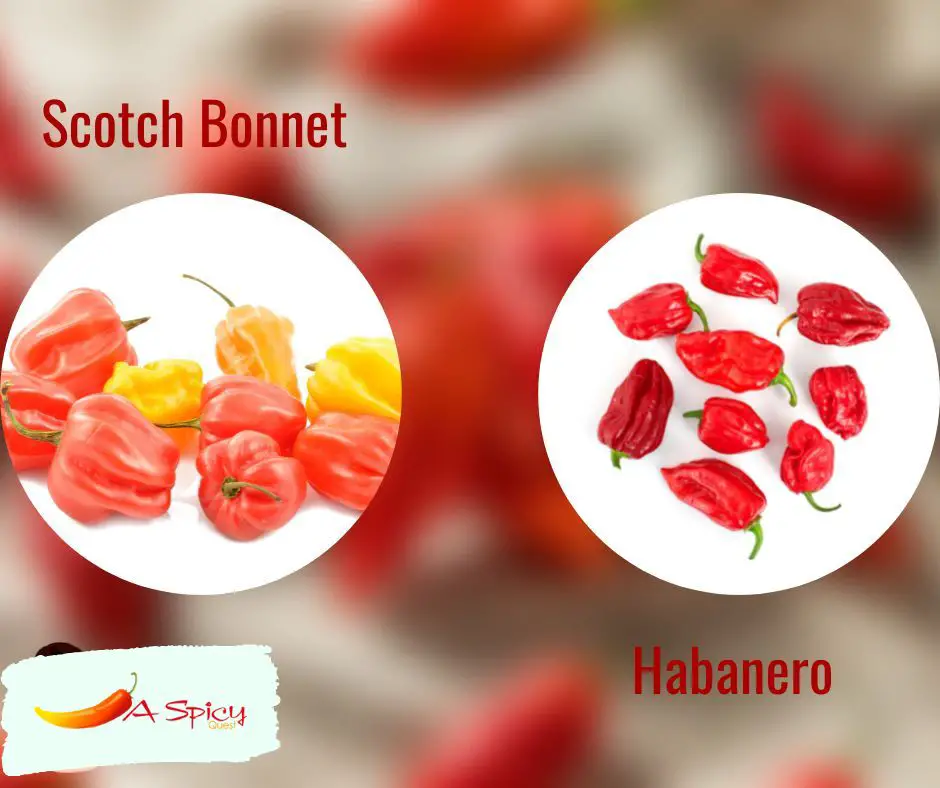
Are Scotch bonnet peppers the same as habaneros? It’s a common question and one that can be difficult to answer. On the surface, the two peppers may seem similar, but there are some key differences that set them apart. Here’s a closer look at the two peppers and what makes them unique.
Although both Habanero and Scotch Bonnet peppers belong to the Capsicum Chinense specie, their harvest regions, taste, and shape differ. Habanero peppers are typically harvested in Mexico and have a very spicy, hot flavor. Scotch Bonnet peppers are typically harvested in Jamaica and have a sweeter, fruitier flavor. Both peppers are very similar in shape, but Habanero peppers are typically smaller.
What’s the Difference Between a Habanero and A Scotch Bonnet Pepper?
Habanero and Scotch Bonnet peppers are two types of chili peppers that differ in terms of spice level and taste. Habaneros are slightly sweeter and more fruity, with a hint of bitterness, while Scotch Bonnets are also sweet and fruity but without bitterness.
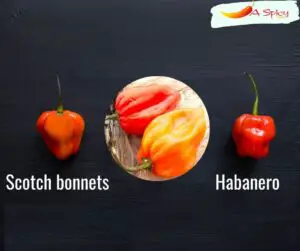
It might surprise those who are unfamiliar with either chili pepper to learn that the Habanero is actually the spicier of the two. The Scotch Bonnet, on the other hand, gets its heat from the capsaicin content, which is why it is important to handle these peppers with care.
Can You Use Habanero Peppers Instead of Scotch Bonnet?
Yes, you can use habanero peppers instead of Scotch Bonnet peppers. The habanero pepper is a bit spicier than the Scotch Bonnet, so you may want to use less of it. The habanero is also a bit more fruity, so it will change the flavor of your dish slightly.
What Is the Closest Thing to A Scotch Bonnet Pepper?
The closest thing to a Scotch Bonnet pepper is the habanero pepper. The habanero pepper is a member of the Capsicum family, which includes peppers such as the jalapeño, cayenne, and bell pepper. The habanero pepper is native to the Amazon basin and other parts of South America.
Is Scotch Bonnet Hotter than Habanero?
There is much debate over which chili pepper is the hottest, with both the scotch bonnet and habanero vying for the title.
In terms of the Scoville scale, which measures the amount of capsaicin present, the habanero is definitely hotter with up to 300,000 to 500,000 SHU, while the scotch bonnet is between 150,000 to 325,000 SHU.
However, some people find the scotch bonnet to be more fiery, due to its fruity flavor. Ultimately, it is down to personal preference as to which chili is the hottest.
When it comes to spice, there are different levels of heat that can be detected. For example, we consider our Habanero peppers to be “very hot ++” and Scotch Bonnets to be “hot +.” On a scale of 10″, we would rate Habaneros 9 out of 10 and Scotch Bonnets 5 out of 10.
So Habaneros are just a little bit spicier. When it comes to adding spice to a dish, it is important to know the different heat levels in order to add the desired amount of flavor.
Which Pepper Is Hotter than Scotch Bonnet?
There are a variety of peppers that are hotter than the scotch bonnet pepper. Some of these include the ghost pepper, the Carolina Reaper, and the Trinidad Moruga Scorpion. These peppers can range in heat from 800,000 to 2.20 million Scoville heat units.
That is significantly hotter than the scotch bonnet pepper, which only measures 100,000 to 350,000 Scoville heat units. When handling these peppers, it is important to use gloves and avoid touching your face. The capsaicin in these peppers can cause serious irritation.
What’s Hotter Scotch Bonnet or Jalapeño?
When it comes to heat, there is no doubt that the scotch bonnet pepper is significantly hotter than the jalapeño. With a heat rating up to 350,000 scoville units, the scotch bonnet can be up to 40 times hotter than a typical jalapeño pepper. For those who enjoy spicy food, the scotch bonnet is a great choice. The high heat level can add a lot of flavor to dishes.
Which Is Hotter Cayenne or Scotch Bonnet?
Cayenne and Scotch bonnet peppers are both quite hot, but cayenne is typically a bit hotter. This is because cayenne peppers have more capsaicin, the compound that makes peppers hot, than Scotch bonnet peppers. However, the heat of pepper can also vary depending on its growing conditions and how it’s prepared, so there can be some variation in heat levels between individual peppers of the same variety.
What Are Scotch Bonnet Peppers Good For?
Capsaicin is the active ingredient in Scotch bonnet peppers that gives them their characteristic heat. This substance has analgesic properties and can be used to relieve various types of pain.
Headaches, osteoarthritis pain, rheumatoid pain, painful diabetic neuropathy, and inflammatory heat can all be treated with Scotch bonnet peppers. Capsaicin works by inhibiting the transmission of pain signals to the brain. This makes Scotch bonnet peppers an effective natural remedy for pain relief.
Can You Eat Scotch Bonnets Raw?
Yes, you can eat Scotch bonnets raw, but be warned – they are incredibly spicy! If you can handle the heat, then enjoy them as is. Just be sure to have some milk or yogurt on hand to cool your mouth if needed. Otherwise, you can cook with them to tone down the heat a bit. Scotch bonnets are often used in Caribbean dishes, so try one in the next time you’re in the mood for something spicy!
Can You Eat Scotch Bonnets Green?
If you’re wondering whether you can eat Scotch bonnets green, the answer is yes. While they are still edible in this state, they have a raw, green flavor that some may not enjoy. If you do choose to eat them green, be aware that their heat level will be significantly lower than if they were ripe.
If you are looking for a more mild flavor, you may want to wait until the peppers turn red. However, if you can handle the heat, eating them green is perfectly fine. Just be sure to wash them thoroughly before consuming them.
Finally
In conclusion, the Scotch Bonnet and the Habanero are two different chili peppers and taste different, but both are spicy.

